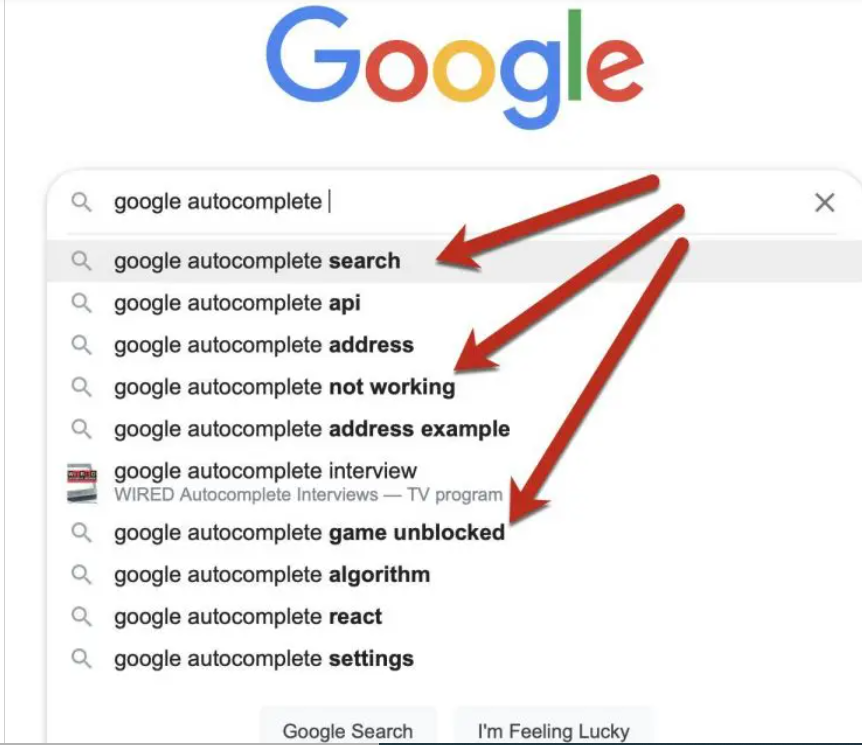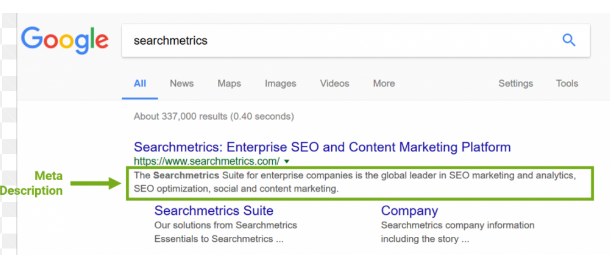“What separates good content from great content is a willingness to take risks and push the envelope”.
– Brian Halligan
WHAT is SEO

Search Engine Optimization (SEO) is a collection of techniques that are used to increase a website’s visibility and ranking on search engine results pages (SERPs), with the purpose of increasing organic (non-paid) traffic to your site. On-page optimization, off-page optimization, and technological issues are all part of SEO. Let’s break these components down in depth, and I’ll share graphics to assist you understand.
Types OF SEO

Online SEO
On-page SEO focuses on optimizing elements within your webpage to make it more search engine-friendly.

Here are key on-page SEO factors:
Keyword Research:
1) Keyword Research:
- Keyword research to identify relevant keywords that your target audience is searching

2) Title Tags:
- Include your primary keyword in the title tag. This tag is a critical on-page ranking factor.

3) Meta Descriptions:
Create engaging meta descriptions with relevant keywords. They appear in search results as a snippet.

4) Header Tags:
- Use header tags (H1, H2, H3, etc.) to structure your content and make it more readable and search engine-friendly.
5) Keyword Optimization:
- Use keywords in all of your content organically, including headers, paragraphs, and picture alt tags.
https://www.semrush.com/blog/keyword-optimization/
Off-Page SEO
Off-page SEO refers to efforts that take place outside of your website in order to increase its authority and reputation.
1) Backlinks:
Getting backlinks needs a well-planned method. It is critical to concentrate on obtaining high-quality, relevant backlinks from trusted sources. Here are several backlink-building tactics, as well as content kinds that work well for obtaining these essential links:
a) Guest Blogging:
Create high-quality guest posts for trusted sites in your area of expertise. You can put a link to your website in the author profile or the body of your guest articles. Make sure the material is useful, entertaining, and relevant to the audience of the host website.

https://ahrefs.com/blog/guest-blogging/
b) Page Resources:
Many websites offer resource pages on which they list relevant links, tools, or webpages connected to a certain topic. Contact site owners and offer your website as a useful addition to their resource page. You must have high-quality content or tools that offer true value.
https://www.webdew.com/blog/resource-page-examples
c) Infographics:
Design visually pleasing infographics that display facts or information in an engaging manner. Share them on your website and contact sites that could be interested in publishing your infographic. Make certain that they offer correct attribution with a backlink.
https://www.canva.com/create/infographics/

d) Case Studies and Original Research:
Conduct unique industry research and publish case studies or reports. Backlinks from other websites and blogs wishing to reference reputable info might be attracted by them.
e) Podcasts and interviews:
Participate in interviews or podcasts about your industry. In show notes or transcripts, hosts frequently link back to your website or social accounts.
Interviews on the Podcast: https://www.thehindu.com/opinion/op-ed/the-difference-between-a-podcast-interview-and-a-media-interview/article66809630.ece
f) Content Created in Collaboration:
Collaborate with other industry content makers to develop thorough guides, round-up blogs, or expert interviews. Each contributor can distribute the information, resulting in a large number of backlinks.
g) Local References:
If you own a local business, make sure your information is consistent and that it is included in local directories, review sites, and social media platforms. These local citations might increase the visibility of your website in local searches.
h) Content Promotion and Outreach:
Following the publication of high-quality material, market it using social media, email outreach, and your current network. Encourage people to share your material and link to it.
2) Social Signals:
Social media shares, likes, and comments on your material can have an indirect influence on SEO by improving exposure and traffic.
https://ahrefs.com/blog/social-signals/
Technical SEO
Technical SEO focuses on improving your website’s infrastructure so that search engines can simply crawl and index it.
1)Site Speed: A website that loads quickly is essential for both user experience and SEO. Slow websites can lead to increased bounce rates and poorer rankings
2) Mobile Optimization: Make sure your website is mobile-friendly. Mobile devices are used by more people to access the internet, and Google promotes mobile-friendly sites.
3) Structured Data: Use structured data markup (schema.org) to provide search engines more context about your material.
Location
Bangalore
Hi My name is Haseena, I am Expertise in digital marketing as a freelance writer and content strategist. Focuses in SEO, content marketing, and social media themes. I am an enthusiastic about assisting businesses in growing their internet presence via the creation of high-quality, engaging content.
Contact me : haseenaa2021@gmail.com
Pages
Proudly powered by WordPress